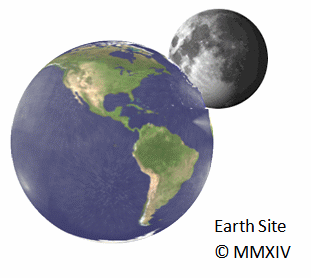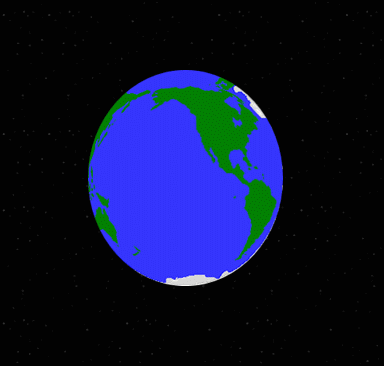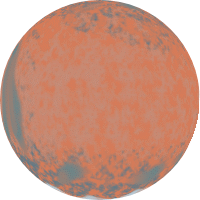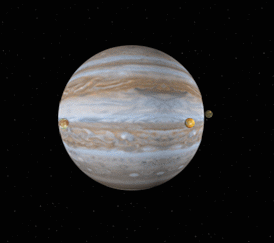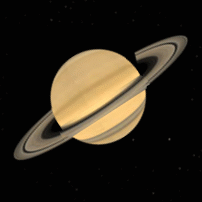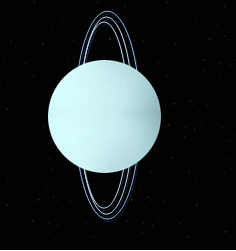Solar System
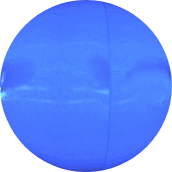
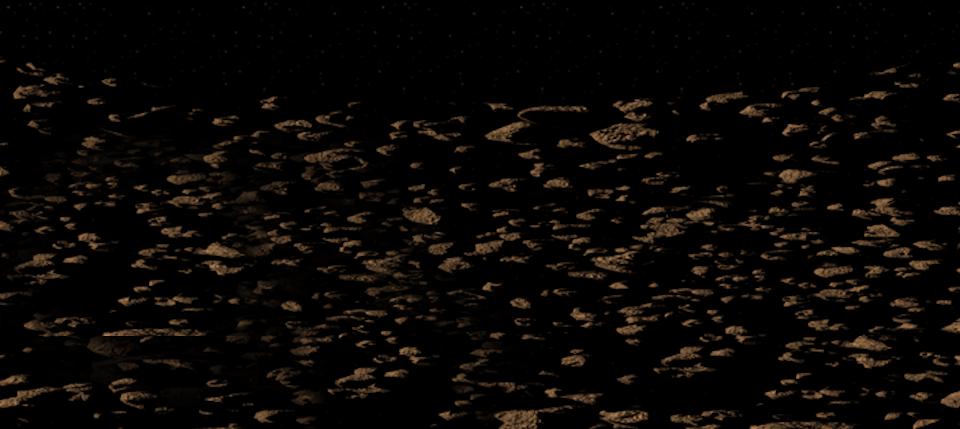
The Origin of The Solar System
Around 5,000 million years ago the remnant of an exploded giant star (called a supernova) began to clump together under the force of gravity. These clumps were very small to start with but slowly as they continued to be attracted to one another they grew, eventually forming a large mass at its centre. Smaller clumps formed on the outskirts which over time became the planets and their moons while the much larger clump of hydrogen and helium started to heat under the increasing pressure of its own gravity. This ball of heated gas began to glow as the increasing pressure turned the gas into plasma and nuclear fission began producing more and more elements.
About 5,000 years later our solar system had formed.
The Origin of The Solar System
(more in-depth)
The gas cloud left after the supernova would have contained many elements including elements much too heavy to be produced in a star the size of ours. The main four elements present in order of abundance would have been Hydrogen, Helium, Oxygen and silicon with hydrogen making up approximately 90% of the total matter. It would have only taken a small concentration of matter to form, which slowly began drawing the rest of the dust cloud into a rough central point through gravity over thousands of years. The cloud would begin to take the form of ball which is drawn into motion by the spin of the Milky Way, with the closest point to the centre of our galaxy moving faster collapsing the dust cloud. Newton’s Law of motion states that the conservation of angular momentum would cause the cloud to start spinning as it collapses and as the spin increases the sphere is flattened/pulled into a disc shape by centrifugal force. Most of the matter from the dust cloud then forms at the centre of the disc which is mainly hydrogen and helium. This concentration of hydrogen and helium begin increases as a mass forming a huge. The gravitational pressure causes the ball to heat up dramatically creating plasma and nuclear fusion which produces yet more energy in the form of heat and light. In the remaining disc oxygen reacts with hydrogen to produce water which is unable to form solid matter near the sun but creates giant ice planets on the outer reaches known as Neptune and Uranus. Closer to the sun oxygen combines with silicon to make the rocky planets (Mercury, Venus, Earth and Mars) found closer to the sun while the remaining hydrogen and helium forms two gas giants in the middle of the other planets called Jupiter and Saturn.
Additional Celestial Bodies
Asteroids orbit the sun in an asteroid belt lying between Mars and Jupiter.
The Kuiper belt is a region lying beyond Neptune around 30-50 Astronomical Units from the Sun and contains small icy bodies and short term comets.
Pluto was redefined in August 2006 as a dwarf planet and is considered by some to be a Kuiper Belt Object (KBO) as it lies in the region (at 39.48 AU from the sun). It is also smaller than other known KBO’s such as ‘Eris’ (2003 UB313).
